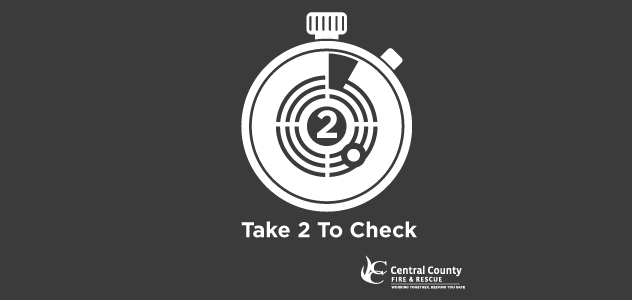We work hard to protect our homes from fire, by installing and regularly testing smoke alarms, avoiding common fire hazards and teaching fire safety to family members of all ages.
But do you know how to practice fire safety when you’re out in public places? A fire can happen anywhere, anytime, and in an unfamiliar setting, it’s easy to panic. The National Fire Protection Association has put together some suggestions to help you feel safe wherever you go!
Before You Enter
Before you enter any public building, take a good look around and make sure it feels safe, well maintained and easy to exit. You should have a clearly communicated exit plan, as well as an agreed-upon meeting point and a designated emergency contact in case you need to leave the building quickly. You should locate all available exits; plan to use the closest exit, as the main exit might not always be accessible during an emergency.
Once Inside
After identifying all available exits, you’ll want to make sure the path to each exit is clear, and that exit doors are not blocked or chained. Public spaces should have at least two clear exits.
Take note of any other possible fire hazards, such as overcrowding, unsafe heat sources, pyrotechnics or lack of standard safety systems such as sprinklers and smoke alarms.
If you do not feel safe in the building, leave immediately. If necessary, report violations to building management and the local fire marshal.
During An Emergency
The best thing you can do in the face of a fire is to react immediately.
“If an alarm sounds, you see smoke or fire, or some other unusual disturbance immediately exit the building in an orderly fashion,” the NFPA warns.
Then, get out — and stay out! — so that trained firefighters can conduct rescue operations.
For more safety tips, visit nfpa.org.












